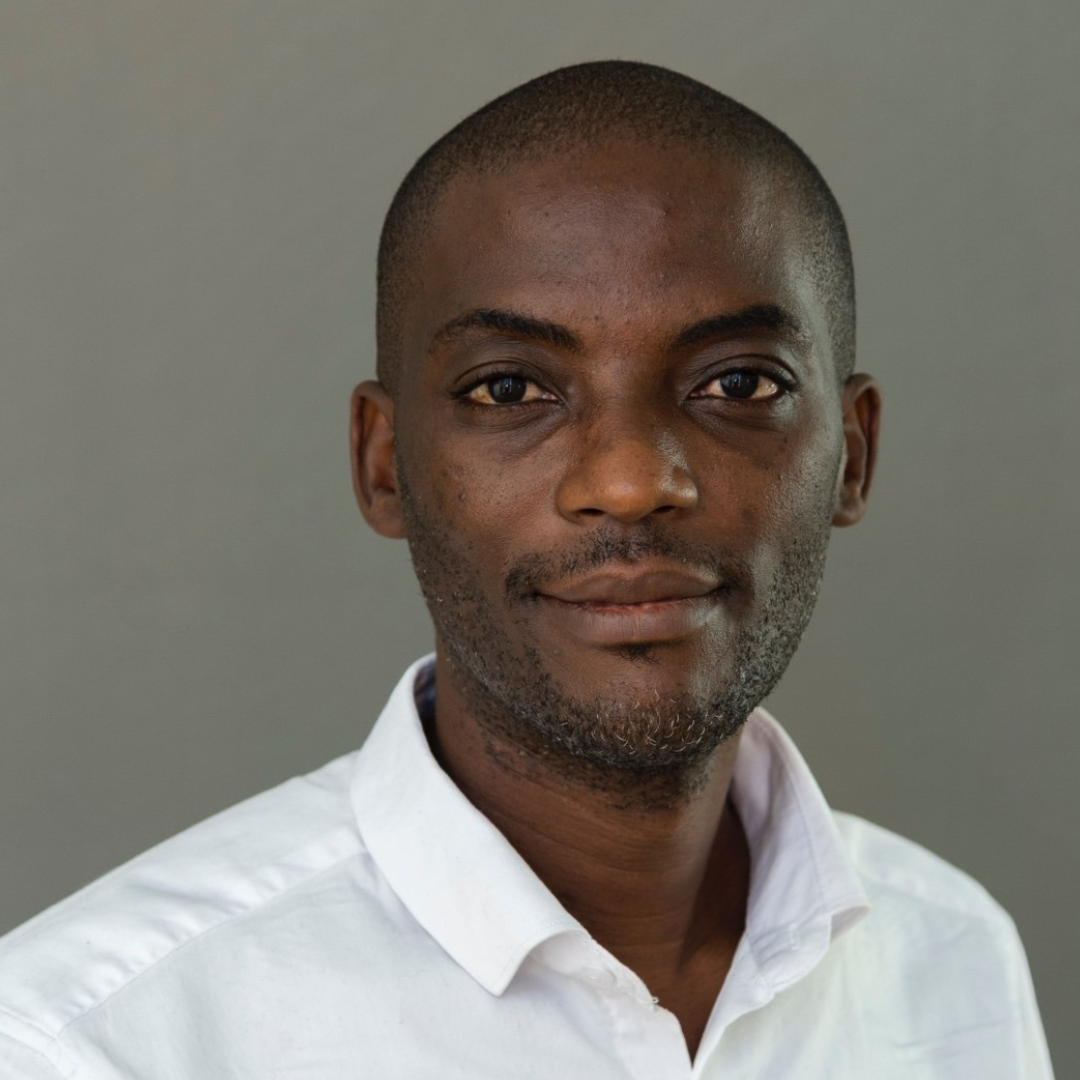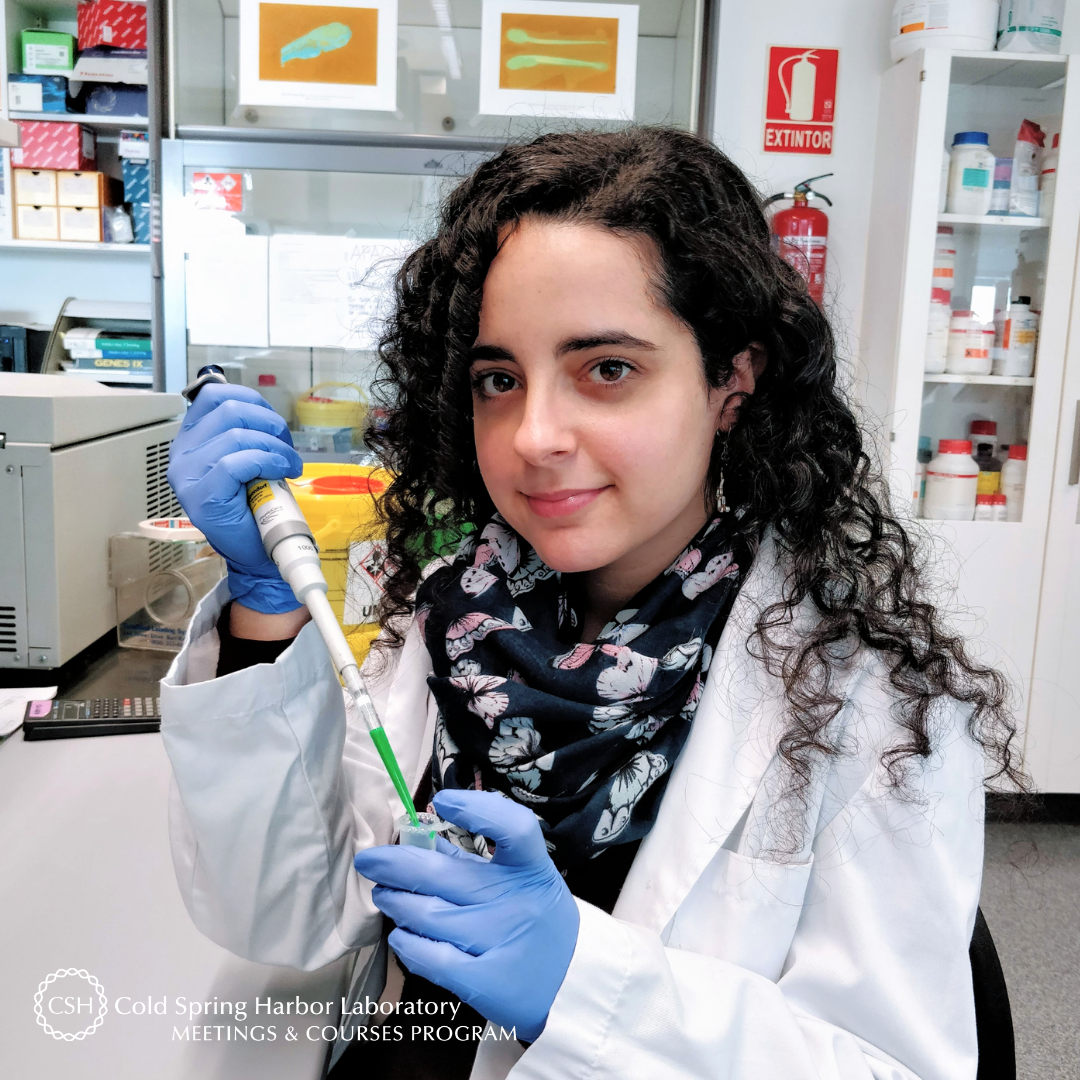Meet Mansi Prakash of the Central Michigan University! The postdoctoral research associate is a member of Dr. Ute Hochgeschwender’s lab in the College of Medicine. She joined us at the second virtual course on Ion Channels in Synaptic and Neural Circuit Physiology – her very first CSHL course. Mansi found the Ion Channels course “exceptionally insightful and helpful.” She also shared that the “talks were stimulating and covered different aspects of ion channels. The afternoon lab experiments filled with in-depth training from the instructors and their lab members turned out to be very informative and useful. Most importantly, profound communication at every level by the instructors, lecturers, staff and [her] fellow participants and smart use of technology helped [her] navigate [the virtual format].”
Tell us about your research.
I am using bioluminescent light from a presynaptic axon terminal, generated by a luciferase, to modulate an opsin in its postsynaptic target under experimenter-controlled introduction of the luciferase substrate (bioluminescent optogenetics (BL-OG)). The luciferase is released into the synaptic cleft in response to presynaptic activity, creating a real-time optical synapse, and because both presynaptic luciferase and postsynaptic opsin are required, only their specific connections are modulated.
How did you decide to focus on this area/project?
When I joined this lab, I had no prior experience in neuroscience so the first look at the primary neurons under the microscope will always remain memorable for me. With my previous experience in cell biology and tissue culture and a keen interest in cell-cell communication, I became very excited about the concept of trans-synaptic bioluminescent-driven optogenetics--‘Interluminescence’ as we call it--and about devising a method for experimenter-controlled communication between genetically defined synaptic partners. The uniqueness and versatility of this project fueled my creativity and motivated me to step out of my comfort zone to learn a range of new approaches.
What and/or who is the inspiration behind your scientific journey?
My inclination towards science started very early in my childhood with my parents being my first source of inspiration. Thereafter, throughout my academic training and research, I have been inspired and supported by great scientific minds--including my teachers, mentors and colleagues--who are helping me to develop an interdisciplinary and innovative perspective towards research. Between my first post-doc training and pursuing a second post-doc in the field of neuroscience, there was a period of discontinuity in my wet-lab scientific career and I was unsure how I would fair after the gap. But my current post-doc mentor inspired me and gave me the opportunity to start from a new platform with this project while acknowledging my interests and past expertise.
What impact do you hope to make through your work?
The requirements for an ‘ideal’ synthetic designer synapse are two independent components that can be genetically targeted to presynaptic and postsynaptic partners, that can excite or inhibit the postsynaptic partner, and whose interaction can be temporally controlled. As such, new tools that can specifically regulate these selectively connected elements are essential. Through Interluminescence, I hope to refine and provide a unique, new platform technology that will enable this crucial new level of specificity in circuit control. Alongside, I want to contribute to the community by inspiring young minds and sharing my skills and knowledge; and as a mom to a 7-year-old, I have already launched myself on this path. Also, I really do wish to convey that anything can be learned at any point in life so long as we are enthusiastic about it.
Where do you see yourself in five years?
Five years from now I envision myself as an independent researcher fueled and supported by a creative, innovative, experienced and caring team; asking and solving together pertinent questions in science.
What do you love most about being a researcher?
As a researcher, I feel privileged to be able to explore with a curious mind and to learn and re-learn. This gives me strength and purpose to continue during both triumph and failure. Also, the fact that research is ‘never-ending’ is wonderful enough to propel me positively despite challenges and roadblocks.
What drew you to apply to this course?
Due to my involvement with Interluminescence, first at the neural population level and more recently at the synapse level, I have become very aware of the dynamics of the various ion channels mediating synaptic transmission. This is an area of knowledge addressed in the course in which an immersion would be tremendously beneficial. I applied to this course because I felt that it would be a great opportunity to hear from the experts in the field and be trained in the techniques, exactly when I need it most.
What is your key takeaway from the Course; and how do you plan to apply it to your work?
This course has opened a whole new door for me to view and admire the complex and intelligent electrophysiological properties of the cells. I will practice and apply the information and skills that I learnt here to design, customize, conduct, troubleshoot and analyze my patch clamp experiments for investigating Interluminescence at the single synapse level.
What feedback or advice would you share with someone considering to participate in this course?
I appreciate the fact that this course welcomes students from a wide range of training experience so please don’t be hesitant to apply if you have just started in this field. If you love to solve intriguing electrophysiological problems, I encourage you to consider this course. I also highly recommend this course to anyone trying to find their way through the ion channels.
What’s the most memorable thing that happened during the Course?
The most memorable thing that happened to me during this virtual course was getting acquainted with the details of the patch ephys set-up provided to me for use during the course. It is important to understand the function and maintenance of every single part of the set-up and it was during the course’s real time experiments--under the online supervision of the instructors--that I got the chance to do it, and the interaction helped me troubleshoot various issues within and around the patch rig. I also very much enjoyed the student’s data blitz episodes.
What feedback and or advice would you share with someone considering to participate in a virtual CSHL course?
Communication is very important at every level, especially during the virtual course. Sharing individual concerns and challenges with your peers and instructors is crucial to find solutions.
Thank you to Mansi for being this week's featured visitor. To meet other featured researchers - and discover the wide range of science that takes part in a CSHL meeting or course - go here.
Images provided by Mansi Prakash.































